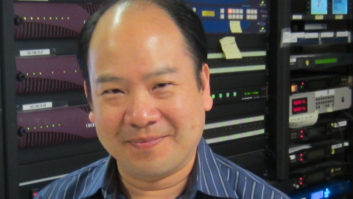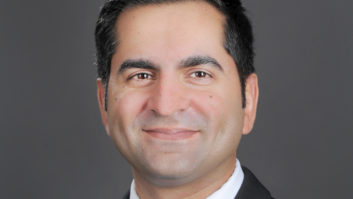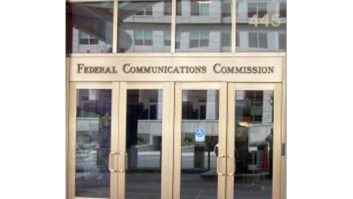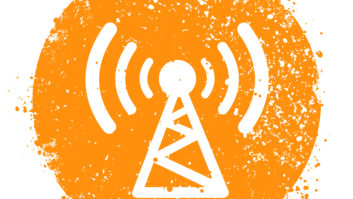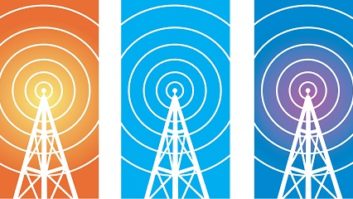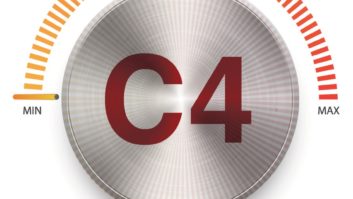Balanced circuits require that the two wires must be the same length, the same size and as close to the same place as possible. You can see why we twist wires together: to keep them close. And the more twisting we do, the more noise is rejected, up to a point. Table 1 shows the effect up to one twist per inch.
You can see that even casual twisting gives significant noise reduction. It also shows you that twisting the heck out of a pair gets you less and less improvement in noise rejection.
In Category data cable (Cat-5, -5e or -6) these pairs are UTP, unshielded twisted pairs. If they were the same twist they would talk to each other a lot – crosstalk – so we have to twist them differently. In audio pairs, we usually put foil or braid shields around each pair to reduce crosstalk.
The problem with unshielded pairs is that, when you bend the cable, the pairs tend to move around. If they separate, they break one of rules (“staying as close as possible”) and they begin to radiate that signal to adjacent pairs and even nearby cables (alien crosstalk). There are two tricks done in the wire world to overcome this problem.
Get bonded
The first is to use bonded pairs. Bonded pairs are extruded together. They’re not glued, as glue would move them apart, just what we are trying to avoid.
The problem with bonded pairs is that you add one step to using them: You have to split the pairs to put them in a connector. Many data installers avoid bonded pairs for this reason. However, the added performance, especially the performance after installation, is well worth the few seconds it takes to cut the pairs apart.
I think most installers who bad-mouth bonded pairs haven’t actually done an install with bonded pairs. It dramatically reduces callbacks for defective cables, which may account for a lot more money than their added cost.
There are many different types of bonded pairs, such as Category 5e and Cat-6. There are even specialty cables with low skew (timing) for applications like RGBHV or 1000baseT (“gigabit”) networks where all pairs are used simultaneously. The choice of connector is just as important as the cable. Be sure to use a 5e connector with 5e cable, or Category 6 connectors with a Cat-6 cable.
I’ve mentioned in previous columns how you can use Category cables to run analog and digital audio. And now you understand how critical the balance of the source and destination devices can be. If you have poor balancing, you can unbalance a perfect pair. Then that pair will radiate its signal, or pick up noise from other pairs or sources.
At audio shows like the AES or the radio side of NAB, you often will find me talking to console manufacturers. I ask them what their typical CMRR “common-mode rejection ratio” is for each mic input. (Line level, because it is +4 or +8 dBm, is much less sensitive to unbalancing.) A -60 dBm mic signal is the ultimate test.
Those giant, super-fancy, million-buck recording and movie consoles usually have CMRR in the -80 to -90dBm range, in other words, excellent. And those little cheapie active balanced mixers can also have good numbers like that, if the manufacturer spends just a little time making sure the outputs are balanced; 1% resistors or better on the output of the chip usually indicate that the manufacturer has done his job. These resistors may be different values, even between different channels, because they are used to rebalance the imperfections in the chips.





